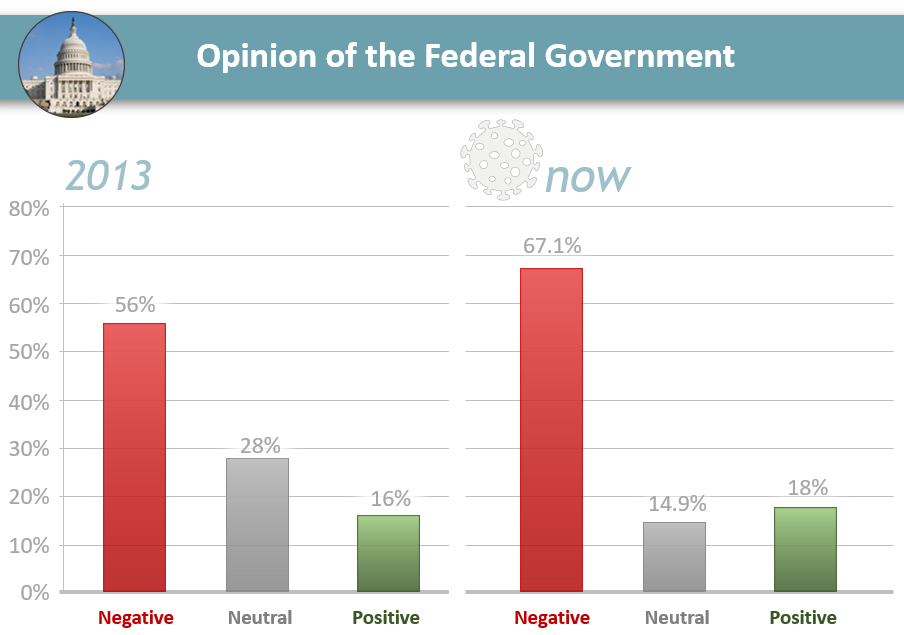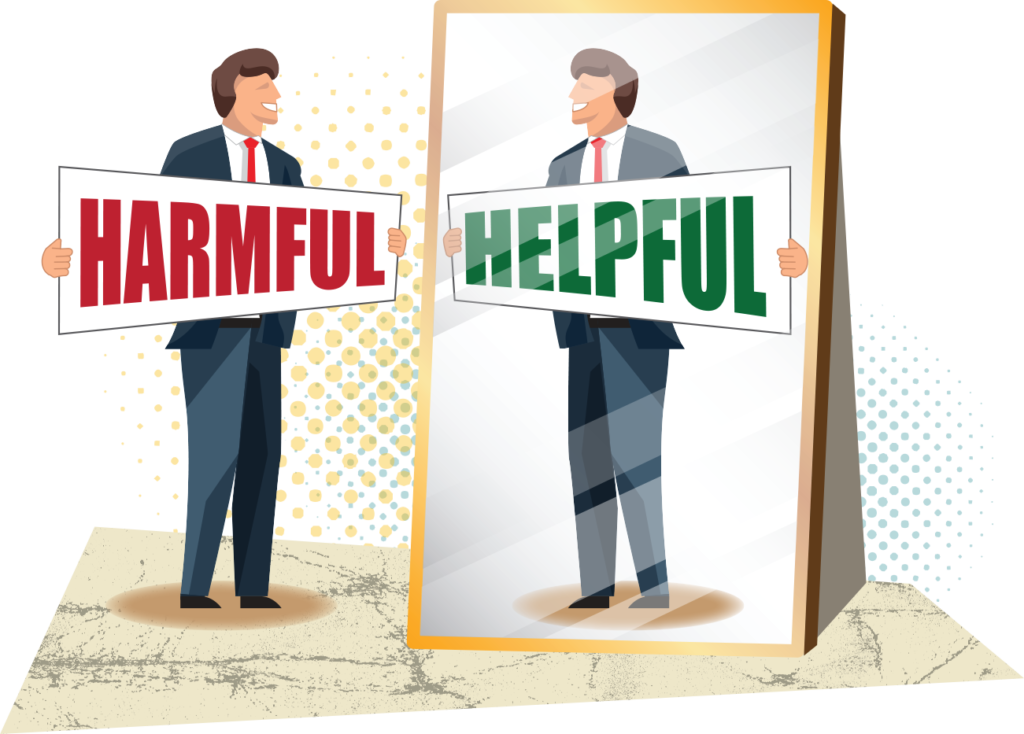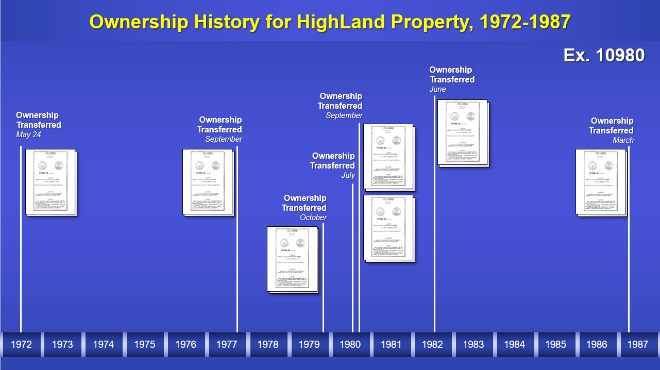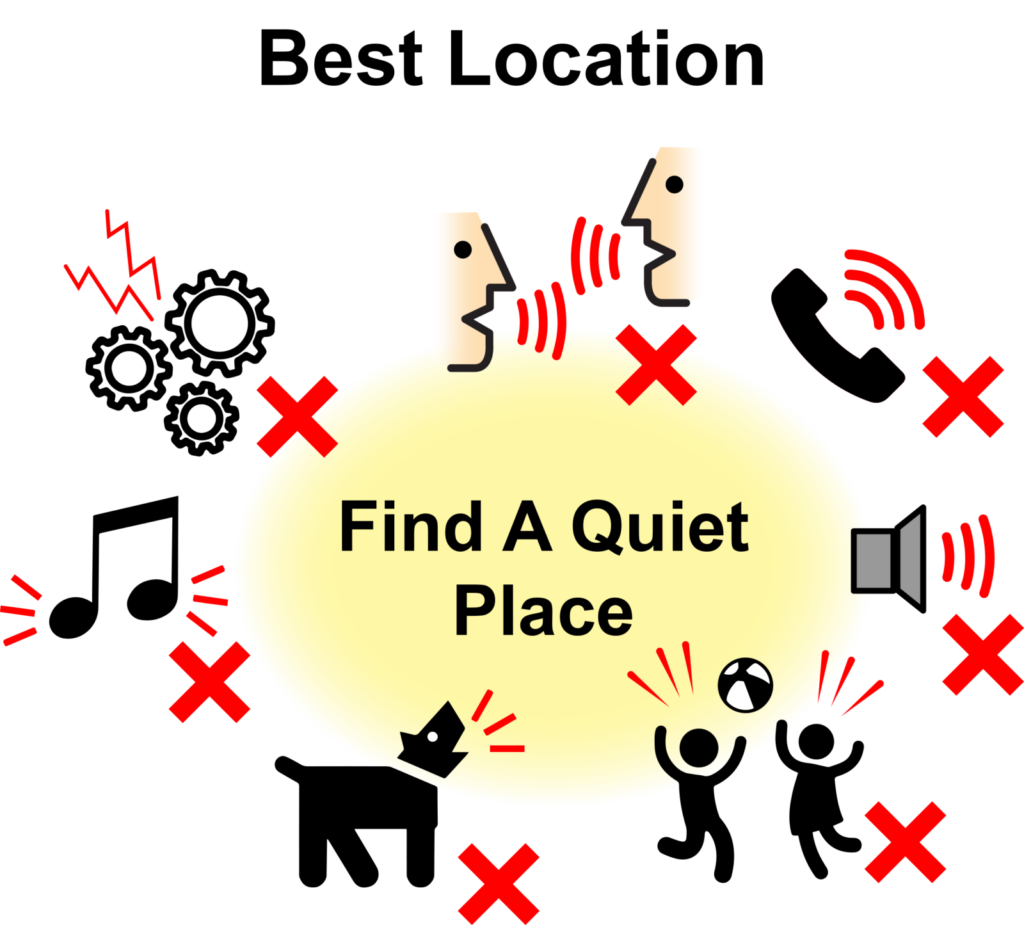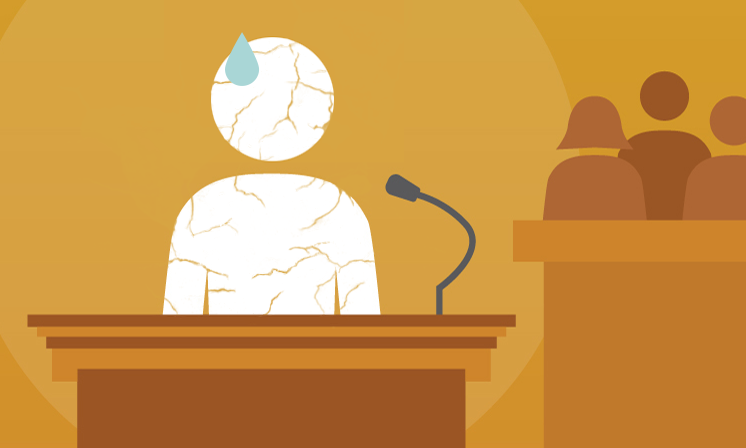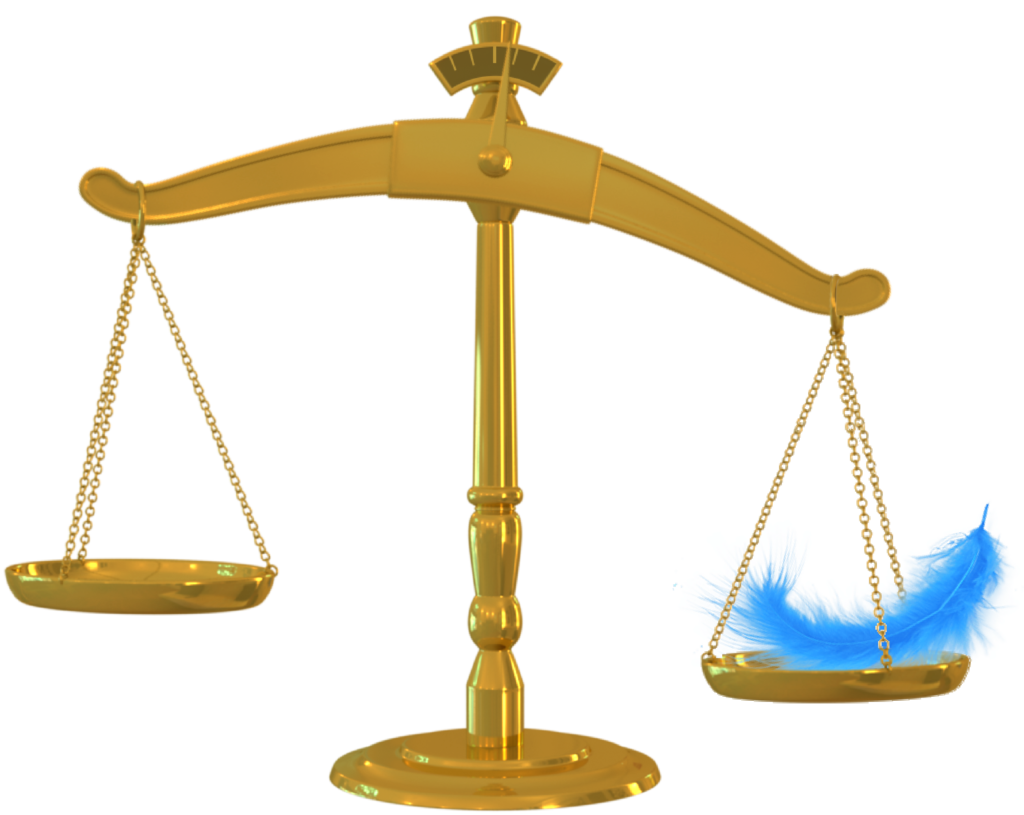Has COVID-19 Affected Jurors’ Trust in Government Agencies and Safety Standards? – Part 1
Corporate defendants often rely on government safety standards for product safety, services, and workplace procedures. In litigation, standards from the Centers for Disease Control and Prevention (CDC), the Environmental Protection Agency (EPA), the Food and Drug Administration (FDA), and the Occupational Safety and Health Administration (OSHA) all play a key role in their defense, case themes, and expert testimony. “OSHA is the expert in keeping workers safe and employers on task”; “The CDC’s findings are based in the world’s best and most respected science”; “The FDA’s regulations are the gold standard for safety in the pharmaceutical industry” – themes like

